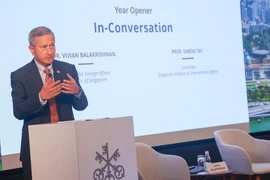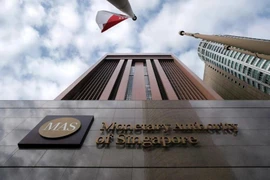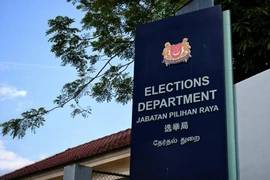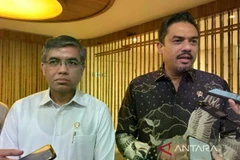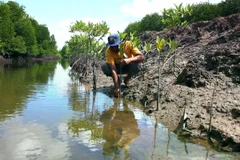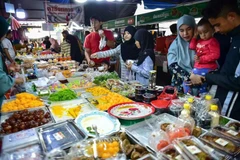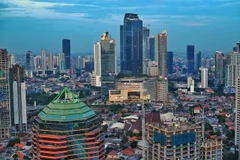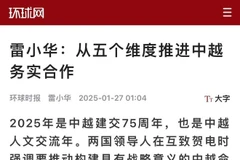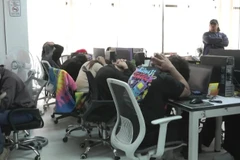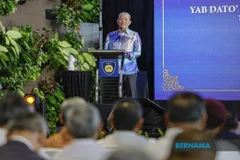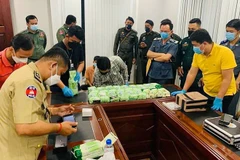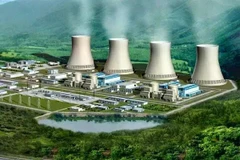Singapore (VNA) - Singapore plans to expand an initiative to coat Housing Board blocks with heat-reflective paint to all public estates by 2030, after a pilot project in Tampines showed that the cool paint reduced ambient temperatures by up to 2°C.
Singapore's Senior Minister of State for National Development Tan Kiat How was quoted by local media on February 3 as saying that scaling up this initiative to all existing estates will cost the government an additional 60 million SGD (43.8 million USD).
The Housing & Development Board (HDB) of Singapore said that public housing blocks will also be fitted with smart electrical sub-meters from the second quarter of 2025 to track energy consumption patterns and the performance of common services, such as lifts, lights and water pumps, in each block.
These are among new initiatives and updates to the Green Towns Programme, which is a 10-year plan launched in 2020 to make existing HDB towns more sustainable and liveable by 2030 through cooling them, reducing energy consumption and recycling rainwater.
The expanded use of heat-reflective paint comes after a two-year pilot launched in 2021 by HDB and Tampines Town Council to apply cool coatings on the facades of some 130 HDB blocks in the estate.
Additives in cool paint reflect the heat from the sun to reduce surface heat absorption, and less heat is emitted as a result.
Apart from reducing the area’s ambient temperature, households in blocks painted with cool coatings also used less electricity as less energy from air-conditioners was needed to cool their flats, said HDB.
Meanwhile, data from the new smart electric sub-meters – to be installed in the consumer switch rooms of HDB blocks – will allow town councils to compare energy usage across HDB blocks and track the demand and supply for individual blocks in the estate.
The data collected will also help town councils optimise maintenance cycles of the common services, as well as detect anomalies such as equipment faults, to minimise downtime./.
